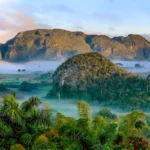Explore the Wonders of Canada: A Diverse and Vibrant Nation
Introduction:
Canada, officially known as the Dominion of Canada, is the second-largest country in the world by land area, located in North America. It is bordered by the United States to the south, the Atlantic Ocean to the east, the Pacific Ocean to the west, and the Arctic Ocean to the north. The capital city is Ottawa, while the largest city is Toronto.
Canada’s geography is incredibly diverse, featuring vast forests, mountain ranges, and some of the world’s most beautiful lakes and rivers. The climate varies significantly, from temperate in the south to Arctic in the north, offering a rich environment for agriculture, biodiversity, and tourism.
Economically, Canada is one of the world’s wealthiest nations and a member of the G7. It is known for its natural resources, including oil, gas, minerals, and timber, as well as its advanced industries in technology, aerospace, and automotive sectors. The country uses the Canadian dollar (CAD) as its currency.
Culturally, Canada has a rich heritage influenced by its indigenous peoples and its history of French and British colonization. Canadian culture is characterized by its contributions to art, literature, music, and sports. The country is home to numerous UNESCO World Heritage Sites, reflecting its historical and cultural significance. English and French are the official languages, reflecting the country’s bilingual nature.
Canada’s history is marked by its indigenous peoples, European exploration and colonization, and its path to becoming a fully independent nation within the Commonwealth. The country’s historical legacy is evident in its diverse cultural traditions and heritage sites.
Politically, Canada is a federal parliamentary democracy and a constitutional monarchy. The Monarch is the head of state, while the Prime Minister is the head of government. Canada is an influential member of various international organizations, including the United Nations, NATO, the Commonwealth, and the G7.
Tourism in Canada is a major industry, attracting millions of visitors each year to its national parks, historical landmarks, and vibrant cities. Popular destinations include Banff, Vancouver, Quebec City, and Niagara Falls. Canada’s natural beauty, cultural diversity, and friendly people make it a top destination for travelers.
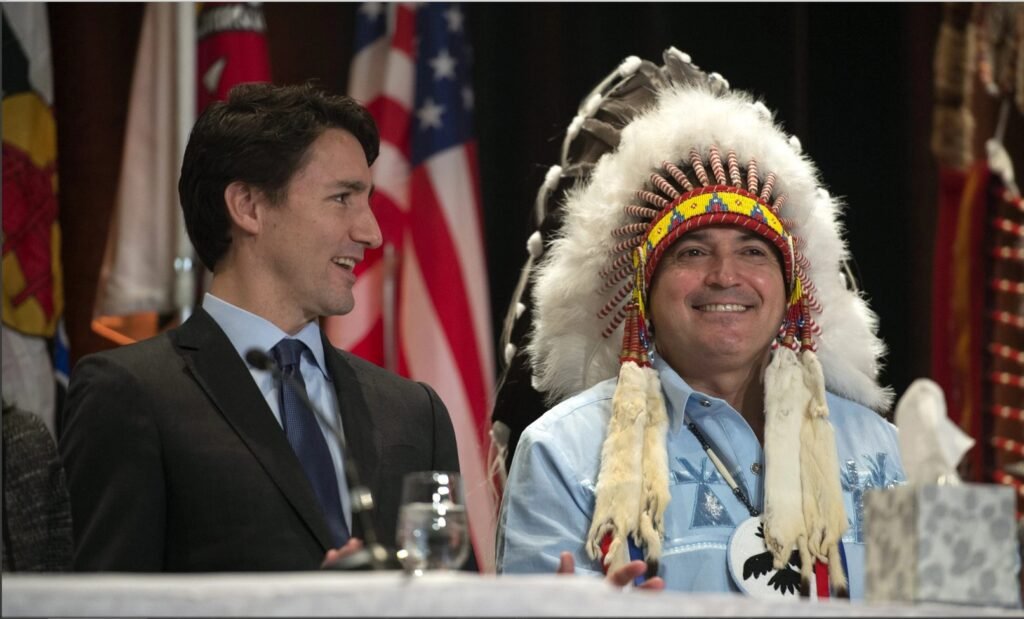
110 Facts About Canada (2024)
Basic Information
| Category | Details |
|---|---|
| 1. Current Name | Canada |
| 2. National Name | Dominion of Canada |
| 3. Former Names | None |
| 4. Date of Establishment | July 1, 1867 |
| 5. Date of Independence | July 1, 1867 (from the United Kingdom) |
| 6. Leadership | Monarch: King Charles III, Prime Minister: Justin Trudeau |
| 7. Government Type | Federal parliamentary democracy and constitutional monarchy |
Geography
| Category | Details |
|---|---|
| 8. Capital City | Ottawa |
| 9. Important Cities | Toronto, Vancouver, Montreal, Calgary, Edmonton |
| 10. Land Area | 9,984,670 square kilometers |
| 11. Total Area | 9,984,670 square kilometers |
| 12. Neighboring Countries (Land) | United States |
| 13. Neighboring Countries (Sea) | Greenland (Denmark) |
| 14. UNESCO World Heritage Sites | Banff, Jasper, Gros Morne (20 sites) |
| 15. UNESCO World Natural Sites | Nahanni National Park, Canadian Rocky Mountain Parks |
| 16. Climate | Temperate in the south, Arctic in the north |
| 17. Biodiversity | Diverse flora and fauna, including polar bears and caribou |
| 18. Famous River | St. Lawrence River |
| 19. Famous Mountain | Mount Logan |
| 20. Coastline Length | 202,080 kilometers |
| 21. Major Islands | Vancouver Island, Newfoundland, Baffin Island |
| 22. Longest River | Mackenzie River |
| 23. Highest Waterfall | Della Falls |
| 24. Largest Lake | Great Bear Lake |
| 25. Largest Forest | Boreal Forest |
Population
| Category | Details |
|---|---|
| 26. Population (2024) | Approximately 38 million |
| 27. Population (1950) | 14 million |
| 28. Population (1900) | 5.3 million |
| 29. Projected Population (2070) | 50 million |
| 30. Population Density | 4 people per square kilometer |
| 31. Urban Population (%) | 81% |
| 32. Rural Population (%) | 19% |

Demographics
| Category | Details |
|---|---|
| 33. Ethnicity/Race | White (72%), Indigenous (5%), Asian (15%), Black (3%), Other (5%) |
| 34. Languages | English (official), French (official), Indigenous languages |
| 35. National Language | English and French |
| 36. Religion | Christianity (predominantly Catholic and Protestant) |
| 37. Median Age | 41.1 years |
| 38. Life Expectancy | 82.2 years |
| 39. Birth Rate | 10.2 births per 1,000 people |
| 40. Death Rate | 8.4 deaths per 1,000 people |
Economic Indicators
| Category | Details |
|---|---|
| 41. Monetary Unit | Canadian Dollar (CAD) |
| 42. GDP | $2.2 trillion (2022 est.) |
| 43. GDP per Capita (PPP) | $52,000 (2022 est.) |
| 44. Income Level | High income |
| 45. Consumer Price Inflation | 6.8% (2022 est.) |
| 46. Current Account Balance | -$22 billion (2022 est.) |
| 47. Exchange Rate (Per $) | 1 USD = 1.27 CAD |
| 48. Unemployment Rate | 5.3% (2022 est.) |
| 49. Stocks Inward ($ billion) | 1,100 (2022 est.) |
| 50. Real GDP Growth (%) | 4.1% (2022 est.) |
| 51. Labor Force (Million) | 20 million |
| 52. Major Industries | Natural resources, manufacturing, technology, finance |
| 53. Major Exports | Oil, vehicles, machinery, electronics, timber |
| 54. Major Imports | Machinery, vehicles, oil, electronics, chemicals |
| 55. Public Debt (% of GDP) | 87.2% (2022 est.) |
| 56. Tax Revenue (% of GDP) | 35.4% (2022 est.) |
| 57. Minimum Wage | $15.00 per hour |
| 58. Average Household Income | $48,000 per year |
| 59. Inflation Rate | 6.8% (2022) |
| 60. Interest Rate | 0.25% (2022) |
| 61. Major Trade Partners | United States, China, United Kingdom, Japan, Mexico |
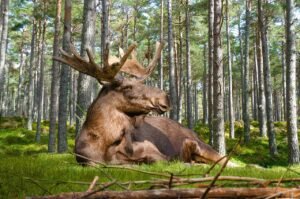
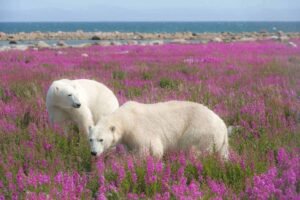
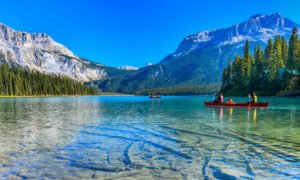
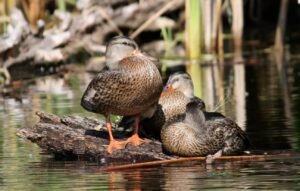
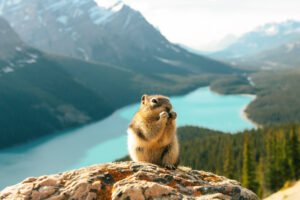
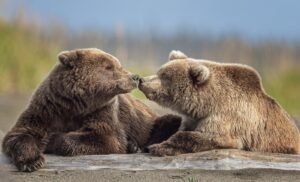
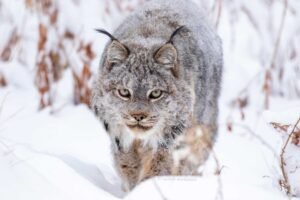
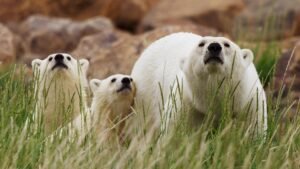
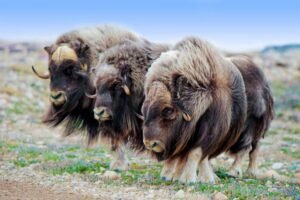
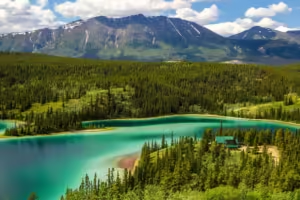
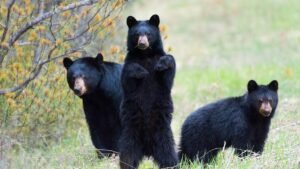
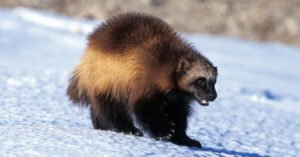
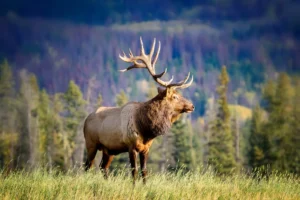
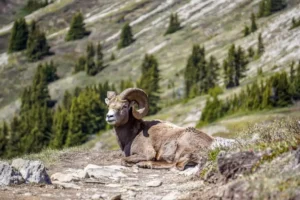
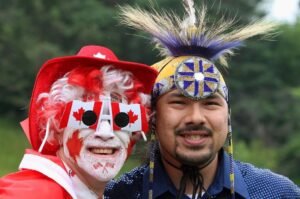
Social Indicators
| Category | Details |
|---|---|
| 62. Literacy Rate | 99% |
| 63. Fertility Rate | 1.6 children per woman |
| 64. Infant Mortality Rate | 4.3 per 1,000 live births |
| 65. Under-5 Mortality Rate | 5.1 per 1,000 live births |
| 66. National Holidays | Canada Day, Thanksgiving, Christmas |
| 67. Health Care System | Universal healthcare system |
| 68. Health Expenditure (% of GDP) | 10.7% (2022 est.) |
| 69. Obesity Rate | 26.4% of adults |
| 70. Drinking Water Source | 100% of the population has access to clean drinking water |
| 71. Access to Sanitation | 100% of the population has access to improved sanitation facilities |
| 72. Average Life Satisfaction | 7.3/10 |
| 73. Major Health Issues | Cardiovascular diseases, cancer, diabetes |
Culture and Society
| Category | Details |
|---|---|
| 74. National Holidays | Canada Day, Thanksgiving, Christmas |
| 75. National Sport | Ice Hockey (winter), Lacrosse (summer) |
| 76. National Animal | Beaver |
| 77. National Fruit | Blueberry |
| 78. National Flower | Maple Leaf |
| 79. Famous Cuisine | Poutine, Maple Syrup, Nanaimo Bars |
| 80. Famous People | Justin Bieber, Celine Dion, Ryan Reynolds, Margaret Atwood |
| 81. Major Languages | English, French, Indigenous languages |
| 82. Cultural Events | Toronto International Film Festival, Calgary Stampede |
| 83. Traditional Music | Folk, Country, Indigenous music |
| 84. Traditional Clothing | Mukluks, Parkas, Cowichan Sweaters |
| 85. Famous Landmarks | CN Tower, Niagara Falls, Banff National Park |
Education
| Category | Details |
|---|---|
| 86. Best Public University | University of Toronto |
| 87. Best Private University | McGill University |
| 88. Education Expenditure (% of GDP) | 5.3% (2022 est.) |
| 89. Literacy Rate | 99% |
| 90. Graduation Rate | 90% (high school) |
| 91. Major Fields of Study | Engineering, Medicine, Arts, Business |
| 92. International Students | 642,000 (2022 est.) |
| 93. Primary School Enrollment | 99% |
| 94. Secondary School Enrollment | 96% |
| 95. Higher Education Enrollment | 56% |
Environment
| Category | Details |
|---|---|
| 96. Pollution Levels | Air pollution is a significant issue in urban areas |
| 97. Forest Coverage | 38% of total land area |
| 98. Renewable Energy Use | 66% of total energy consumption (2022) |
| 99. Endangered Species | Woodland Caribou, Beluga Whale |
| 100. National Parks | Banff, Jasper, Yoho, Gros Morne |
| 101. Environmental Policies | Carbon tax, conservation programs |
| 102. Waste Recycling Rate | 27% |
International Standing
| Category | Details |
|---|---|
| 103. Military Strength | Moderate |
| 104. Country Rank | 9th in Human Development Index (2022) |
| 105. Happiness Rank | 14th (World Happiness Report, 2022) |
| 106. Passport Rank | 9th (Henley Passport Index, 2022) |
| 107. Tourism Rank | 15th (UNWTO Tourism Ranking, 2019) |
| 108. Global Economy Rank | 10th (World Bank, 2022) |
| 109. Science and Technology Rank | 12th (Global Innovation Index, 2021) |
| 110. Space Program | Advanced, member of International Space Station program |









History of Canada
Canada’s history is rich and varied, spanning thousands of years. The land now known as Canada was originally inhabited by various Indigenous peoples, each with their own distinct cultures, languages, and ways of life. Archaeological evidence suggests that Indigenous peoples have lived in Canada for over 12,000 years.
The first Europeans to reach Canada were the Norse, who established a settlement at L’Anse aux Meadows in Newfoundland around the year 1000 AD. However, it wasn’t until the late 15th and early 16th centuries that European exploration began in earnest. Italian explorer John Cabot, working for the English, reached Newfoundland in 1497, while French explorer Jacques Cartier navigated the St. Lawrence River in the 1530s, claiming the land for France.
The 17th and 18th centuries saw the establishment of permanent European settlements, with the French founding Quebec City in 1608 and the British establishing colonies in Newfoundland and Nova Scotia. The fur trade, fishing, and agricultural development drove early economic activity, leading to conflicts between the British and French colonial powers.
The pivotal moment in Canadian history came in 1763 with the Treaty of Paris, which ended the Seven Years’ War and resulted in France ceding much of its North American territory to Britain. This laid the groundwork for the creation of modern Canada. The British North America Act of 1867 united the provinces of Ontario, Quebec, New Brunswick, and Nova Scotia into the Dominion of Canada, with John A. Macdonald as the first Prime Minister.
Canada continued to expand westward, incorporating Manitoba, British Columbia, and the territories. The completion of the Canadian Pacific Railway in 1885 facilitated this growth, connecting the country from coast to coast. Throughout the late 19th and early 20th centuries, Canada developed its own national identity, distinct from Britain.
Canada played a significant role in both World Wars, contributing troops and resources to the Allied efforts. The country emerged from World War II as a more unified and independent nation. The 20th century also saw the growth of Canada’s social programs, including healthcare and education, and the affirmation of bilingualism with the Official Languages Act in 1969.
In 1982, Canada achieved full legislative independence from the United Kingdom with the patriation of the Constitution and the introduction of the Charter of Rights and Freedoms. This marked a significant milestone in Canada’s development as a sovereign nation.
Today, Canada is known for its multicultural society, political stability, and commitment to human rights and environmental sustainability.
The Flag of Canada
The flag of Canada, often referred to as the “Maple Leaf,” is a powerful symbol of the nation’s identity and unity. The current design was adopted on February 15, 1965, a date now celebrated annually as National Flag of Canada Day.
The flag features a stylized red maple leaf with 11 points, centered on a white square. The white square is flanked by two vertical red bands. The red and white colors are deeply rooted in Canada’s history and heritage, with red and white having been declared the national colors of Canada by King George V in 1921.
The maple leaf has been a symbol of Canada and its nature since the 18th century, representing the country’s vast forests and natural beauty. The flag’s design was chosen through a national competition, which sought to create a distinctive Canadian symbol. The winning design was created by George F. G. Stanley and John Matheson.
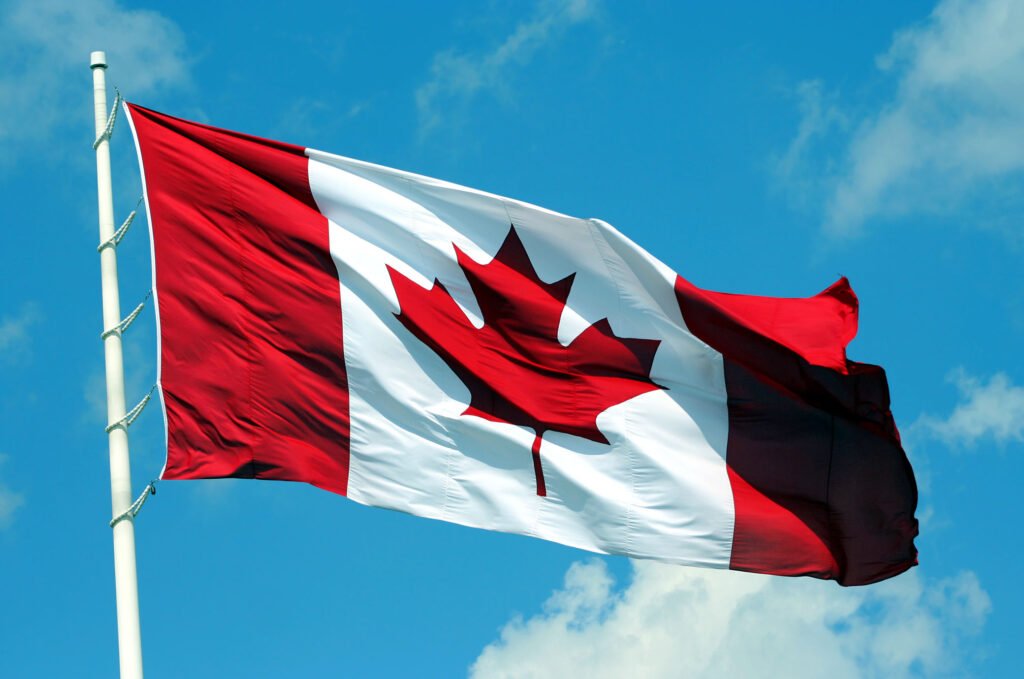
The simplicity and boldness of the Maple Leaf flag reflect the values of Canada: unity, peace, and inclusiveness. The flag is flown proudly across the country and is recognized internationally as a symbol of Canada and its people.


